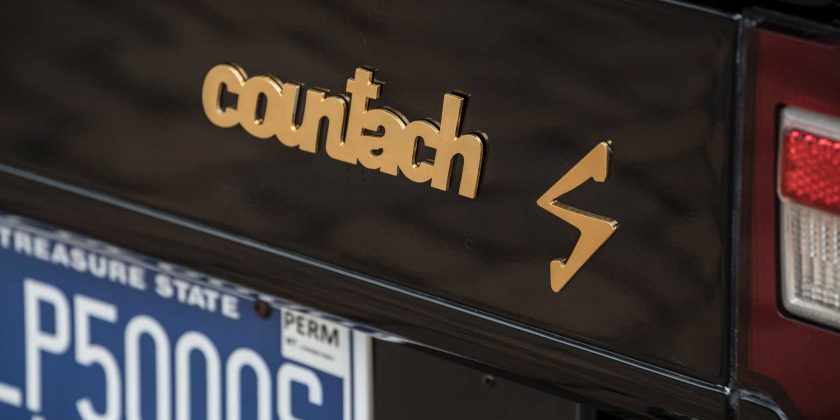It’s not a name from a Spanish fighting bull.
We’re waiting to see what shape the new Lamborghini Countach will take, which the automaker announced earlier this week is returning. However, until it debuts, why don’t we explore the meaning of the name and – more importantly – learn how to properly pronounce it.
First of all, a spoiler: No, the Countach is not named after a breed of bulls, which is the case for most Sant’Agata models. The company chose this naming scheme because of Ferruccio Lamborghini’s zodiac sign and because bullfighting bulls fit the company’s cars’ character. This legacy includes the Mirai, Diablo, Huracan, and Aventador.
There are few exceptions, but they do exist. Names like Sesto Elemento, Silhouette, and Countach buck the company’s bullfighting naming conventions.
Gallery: Lamborghini Countach 1972-1990
The Word’s Piedmontese Origins
Countach is, in fact, a word in the Piedmontese language, an Italian dialect spoken in the country’s northwestern region. Using the International Phonetic Alphabet, it’s pronounced: [kuŋˈtaʧ], with the accent on the “a,” and with the consonants “tsc” at the end.
It’s the literal translation of “contagion,” though, like many words, it has become something else. It’s transformed to mean “an exclamation of wonder, in front of something extraordinary or exaggerated.” It’s more or less like saying in Italian “perbacco!” or “accipicchia” (golly or geez).
Why Countach
The story of how the Countach got its name begins with Marcello Gandini, who designed the first prototype for Bertone. As the team prepared the car for the 1971 Geneva Motor Show, working long days and well into the night, one member from Piedmont who only spoke in the Piedmontese dialect would often exclaim “Countach.”
The Word’s History
Originally, countach meant “contagion,” dating back to the 1630 plague that struck the city of Turin. “Il contagio” (the contagion) was called “ël contacc,” which likely turned into the exclamation “Contacc” as a cry of despair or as a warning to stay away.
It’s certainly not the most pleasant origin for a word that adorns one of the most beautiful supercars ever designed. Soon, though, the word will retake its wondrous connotation on a car that looks well-suited to wear the name.
Turn on captions in the video below for the English translation.
Source: Read Full Article







